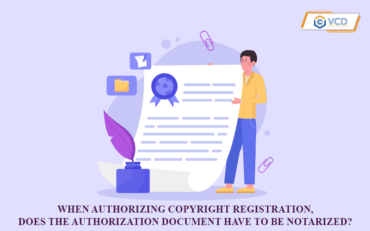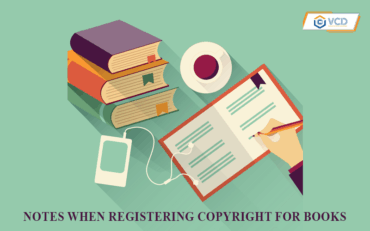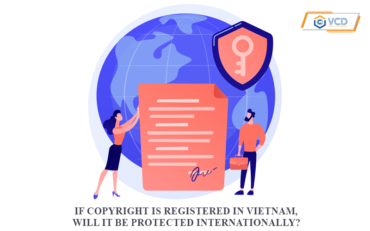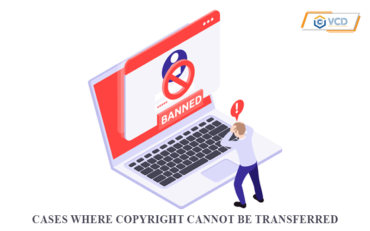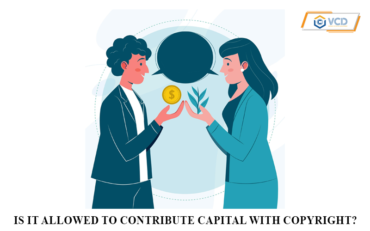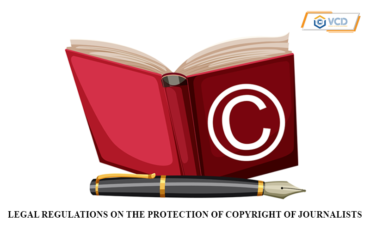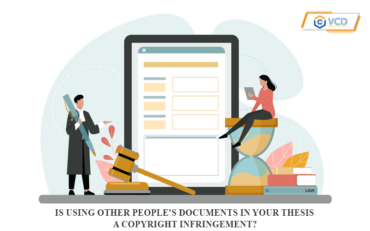When authorizing copyright registration, does the authorization document have to be notarized?
In the field of intellectual property, copyright protection plays a very important role, especially in the context of a strongly developing knowledge economy. In reality, individuals or organizations are not always able to carry out copyright registration procedures on their own. This has led to the necessary need to authorize others to represent them. Therefore, the authorization document for copyright has become an essential legal tool, helping to ensure the rights and protect the interests of the author as well as the owner of the work. So, is that authorization document required to be notarized? The following article by VCD will help you.
- What is an authorization document for copyright?
Authorization is an agreement between the parties according to which the authorized party will be obliged to perform work on behalf of the authorizing party.
Authorization is one of two forms of representation as prescribed by law as recorded in Article 135 of the 2015 Civil Code. Accordingly, the right to represent is established by authorization between the represented person and the representative or by decision of a competent state agency, by charter of the legal entity or by provisions of law.
According to Clause 2, Article 4 of the current Law on Intellectual Property, copyright is the right of an individual or organization to a work created or owned by them.
Therefore, a copyright authorization document is a legal document for an authorized individual or organization to carry out copyright registration procedures. When the author or owner of a work cannot or does not want to register copyright himself, he or she can authorize another person to do it on his or her behalf.

2. When authorizing copyright registration, does the authorization document have to be notarized?
According to Clause 1, Article 50 of the current Law on Intellectual Property, the author or copyright owner may directly or authorize another organization or individual to submit the application for copyright registration.
The copyright authorization document must have the following basic contents:
- Full name and address of the authorizing party and the authorized party.
- Content and scope of authorization.
- Duration of authorization.
- Date of authorization.
- Signature and seal of the authorizing party (if any).
Pursuant to the provisions of Clause 6, Article 38 of Decree 17/2023/ND-CP on the application for copyright registration and related rights registration as follows:
Submission of application for copyright registration and related rights registration
…
6. In case of submitting an application for copyright registration and related rights registration through an authorization, the application must include an authorization document. The authorization document must specify the contact information of the authorizing party and the authorized party; the name of the work, performance, audio recording, video recording, broadcast program; the scope of authorization; the authorization period.
According to the above provisions, when registering copyright and related rights through authorization, the dossier must include an authorization document. In case the authorizing party is an organization, that organization must be a legal entity with its own seal to stamp and seal the authorization document.
In case the authorizing party is an individual, the authorization document must be certified in accordance with the provisions of law. Therefore, in case the authorizing party is an individual, the Decree stipulates that the authorization document must be certified in accordance with the provisions of law. This means that, although the authorization document does not necessarily have to be notarized in all cases, if the authorizing party is an individual, certification is mandatory.
Authentication helps confirm the legality and reliability of the document, protecting the rights of both parties in the process of exercising copyright. Authentication also facilitates related legal procedures, minimizing the risk of disputes that may occur later.
Therefore, when performing authorization in copyright registration, individuals need to pay attention to the authentication requirements to ensure that the authorization document fully complies with legal regulations, thereby facilitating the registration process and protecting their legal rights.
Currently, there are many copyright authorization forms shared online. However, using these forms to perform authorization is not a wise choice. Most of the content on the internet is often very general and lacks specificity. This can lead to a lack of clarity about the content of the authorization as well as the responsibilities of the parties involved. Therefore, to effectively protect rights, we need to build a suitable and detailed authorization document that meets legal requirements.
Above is the article ” When authorizing copyright registration, does the authorization document have to be notarized?” sent to you by VCD. We hope this article is useful to you.
Sincerely,

